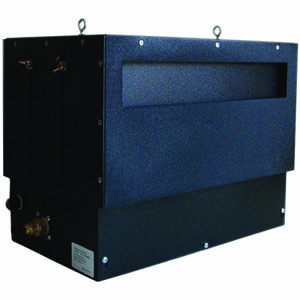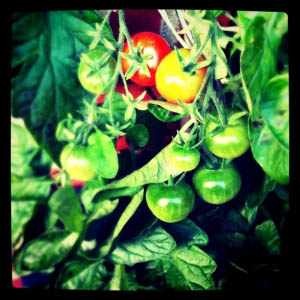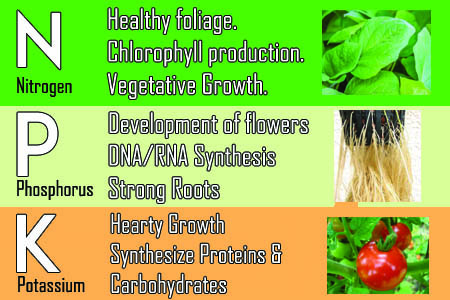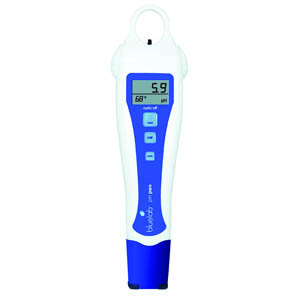Jack Puck Presses: The Highest Grade Pollen Presses on the Market
When most hobbyists think about making paste discs or squares out of their favorite plant extracts, their mind usually turns to thoughts of cheap and flimsy aluminum pollen presses that you buy at your local head shop for less than $20. These usually work by compressing plant extracts with tedious turning and twisting of the compressor on the device. This process usually requires some gloves and lots of elbow grease. The end result is a basic pollen press that will give you three or four below-average uses.
What makes The Jack Puck Press Special?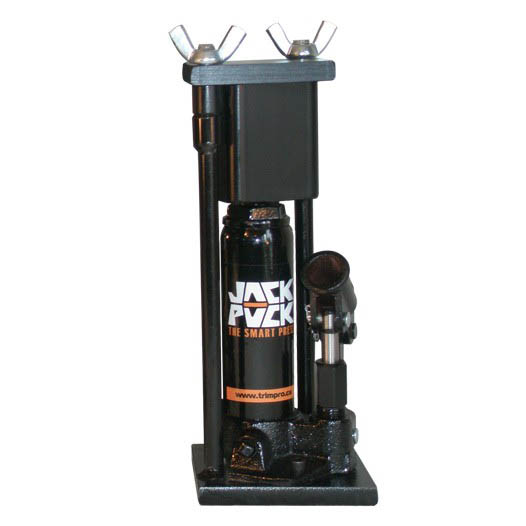
The Jack Puck Press – on the other hand – takes a different approach to pollen pressing. To begin with, the Jack Puck press is available in two different heavy-duty sizes (2 Ton and 8 Ton) and three different mould shapes (regular round, small round and square). This means users have a great variety of choice in terms of processing power, size and shape. Adding to the versatility of this state-of-the-art pollen press, the 2 Ton Jack Puck Press allows for the dismount and interchange of moulds. This means that you can use any of the three moulds on the same press – to your heart’s content.
Jack Puck Presses combine Simplicity with Quality in Collecting and Compressing Plant Extracts
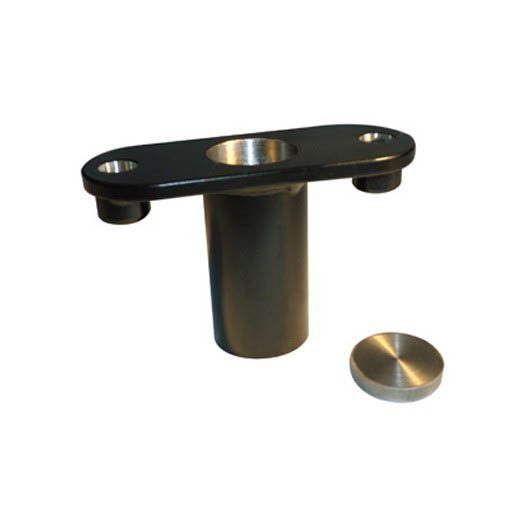 The Jack Puck works with a hydraulic jack that delivers maximum pressure with minimal effort and yields consistent results. (The system works something like the jack you use when you are changing a tire.) With the simple up and down movement of the steel lever, the press activates the hydraulic compressor at the base of the Jack Puck mould. This process is as easy as: adding your plant extracts to the mould, sealing the chamber and compressing the paste. To make the process more effective, the manufacturers recommend heating the mould and its base (in an oven) prior to use.
The Jack Puck works with a hydraulic jack that delivers maximum pressure with minimal effort and yields consistent results. (The system works something like the jack you use when you are changing a tire.) With the simple up and down movement of the steel lever, the press activates the hydraulic compressor at the base of the Jack Puck mould. This process is as easy as: adding your plant extracts to the mould, sealing the chamber and compressing the paste. To make the process more effective, the manufacturers recommend heating the mould and its base (in an oven) prior to use.
Jack Puck Presses are Made and Distributed by the Manufacturers of Trimpro Flower Trimmers
Jack Puck Presses are made by Makametals in Canada. This is the same company that manufactures the legendary Trimpro Flower Trimmers. Those of us familiar with hydroponic leaf trimmers know that Trimpro is synonymous with quality and precision crafted leaf trimming equipment. Jack Puck Presses are manufactured under the same standards of excellence and have the same one year no-hassle warranty.
The bottom line is that hobbyists who are after a highly durable, versatile and reliable pollen press to manage their plant extracts, only need to look at one option: The Jack Puck Press.
-Web Hydroponics



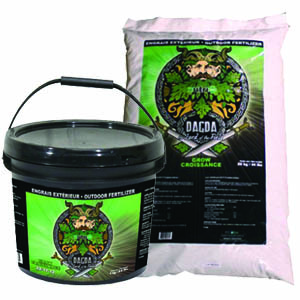
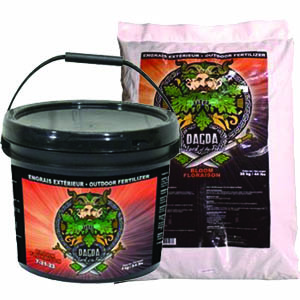

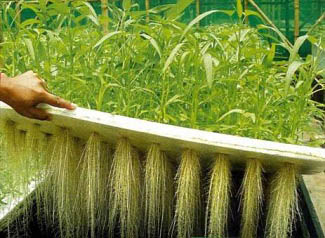 Hydroponic gardening is a method of growing plants without soil. It is traditionally practiced indoors or in a greenhouse, but many commercial growers are learning to incorporate hydroponic practices in their outdoor crops because of huge gains in reduced water consumption and enhanced control of nutrient delivery. There was a time when we believed that soil was essential for plant growth – today we know that plants do not need soil at all; what they need is the mineral nutrients, amino acids, vitamins, enzymes and beneficial bacteria for plants that exist in healthy top soil (the rhizosphere).
Hydroponic gardening is a method of growing plants without soil. It is traditionally practiced indoors or in a greenhouse, but many commercial growers are learning to incorporate hydroponic practices in their outdoor crops because of huge gains in reduced water consumption and enhanced control of nutrient delivery. There was a time when we believed that soil was essential for plant growth – today we know that plants do not need soil at all; what they need is the mineral nutrients, amino acids, vitamins, enzymes and beneficial bacteria for plants that exist in healthy top soil (the rhizosphere). Indoor Gardening and Hydroponics requires attention to all the elements of a plant growth environment
Indoor Gardening and Hydroponics requires attention to all the elements of a plant growth environment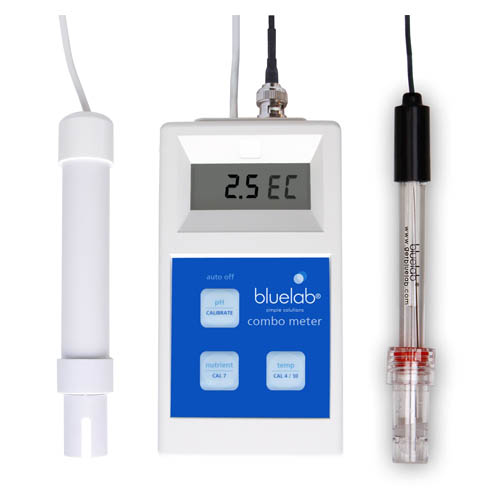

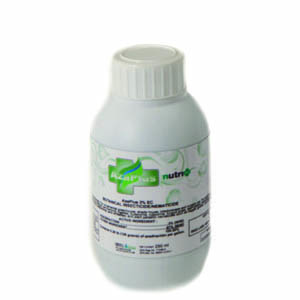 Aza Plus Pest Control is the safest and most effective way to control grow room problems! When you’re dealing with pest control for an indoor garden, precautionary measures are the most important thing you can do. Take care of a problem before it becomes a problem. What is the easiest way to do this? By using an organic bio-insecticide such as
Aza Plus Pest Control is the safest and most effective way to control grow room problems! When you’re dealing with pest control for an indoor garden, precautionary measures are the most important thing you can do. Take care of a problem before it becomes a problem. What is the easiest way to do this? By using an organic bio-insecticide such as 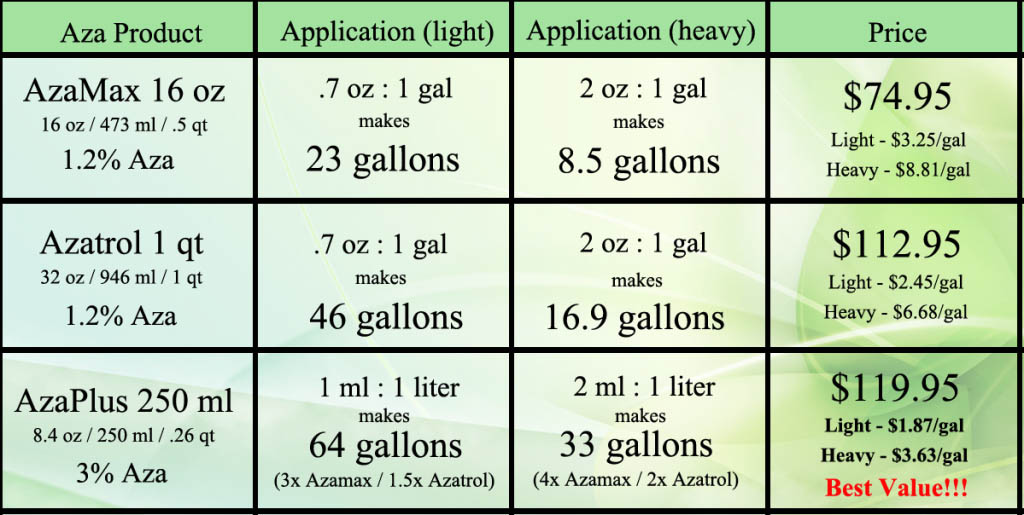
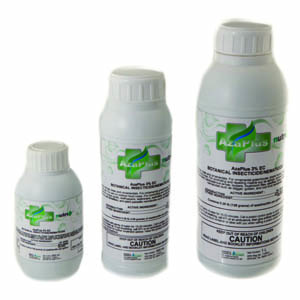
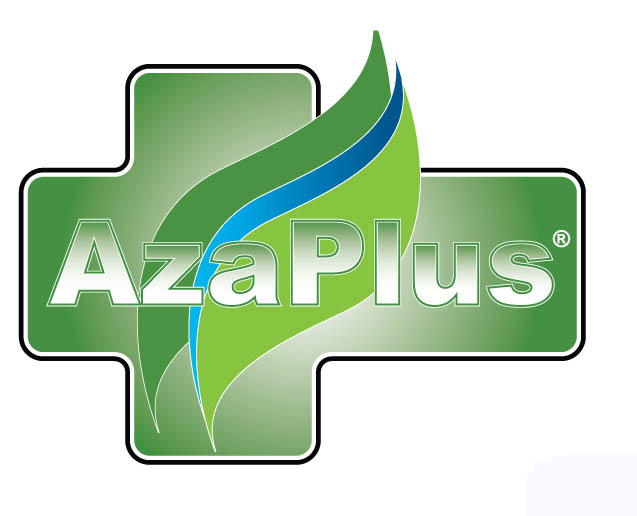

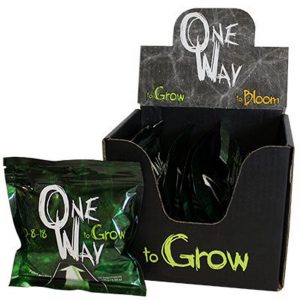 Growing plants in a soil-less environment requires a precise and complete offering of nutrients,
Growing plants in a soil-less environment requires a precise and complete offering of nutrients, 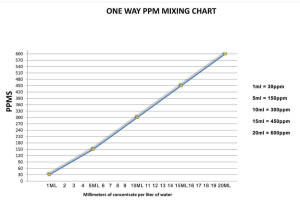
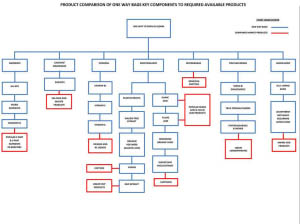
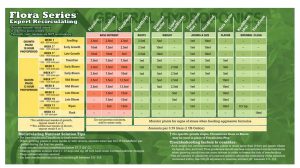
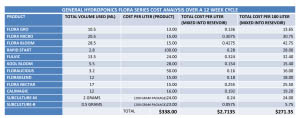
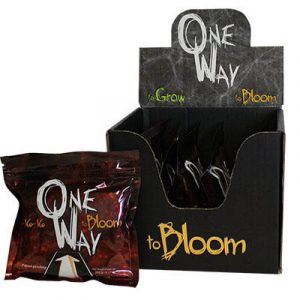




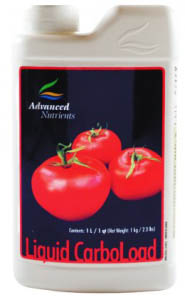
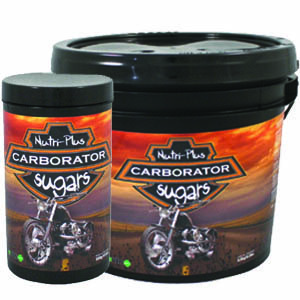

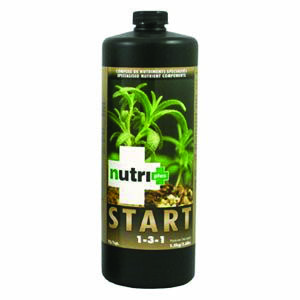 Propagation with Nutri-Plus includes Root Plus Rooting Gel and Nutri-Plus Start
Propagation with Nutri-Plus includes Root Plus Rooting Gel and Nutri-Plus Start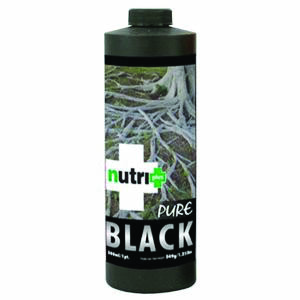
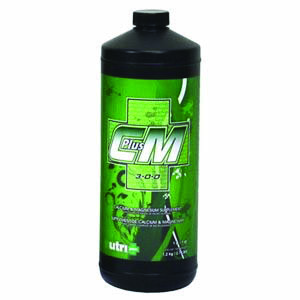 Nutri-Plus Foliar Supplements are Ideal Complements to a well-balanced Plant Nutrient Program
Nutri-Plus Foliar Supplements are Ideal Complements to a well-balanced Plant Nutrient Program
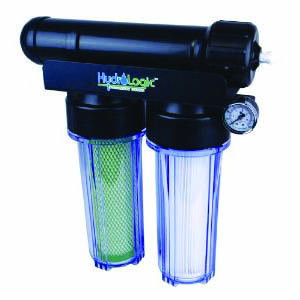 Hydroponic Gardening Tips #2
Hydroponic Gardening Tips #2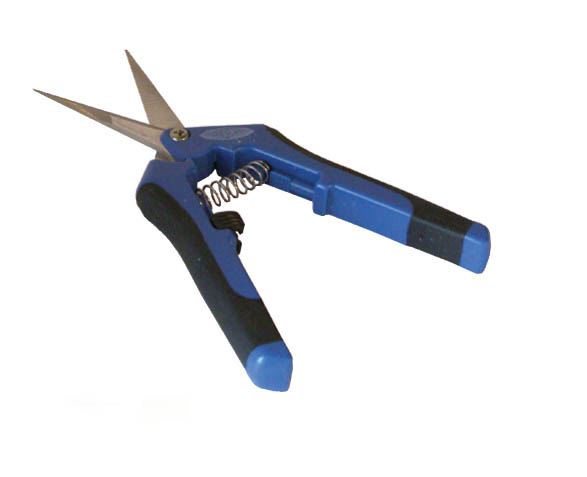
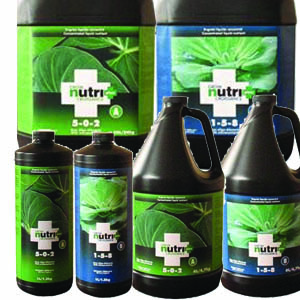 Hydroponic Gardening Tips #4
Hydroponic Gardening Tips #4